thanks to the truely amazing community my project group is one step closer to mimic realistic calcium baseline noise.
I simulated a typical calcium movement in a mathematical model:

Thanks to the community I could add random noise to the unrealistic baseline:
However, the noise dynamic is actually too fast. Is there a way to slow down the noise and create broader noise peaks instead of these spikes. I add an actual measurement to show you what I mean:
If this question is too specific, I apologize and will delete the post.
Best wishes and many thanks!




